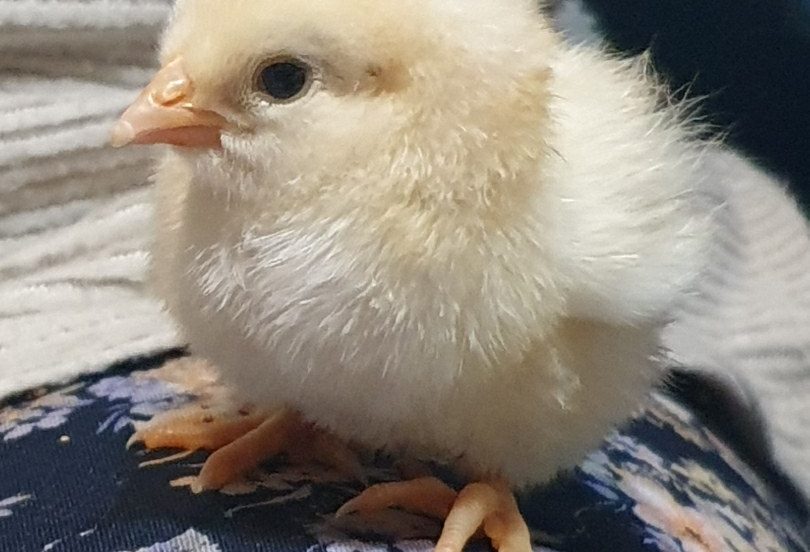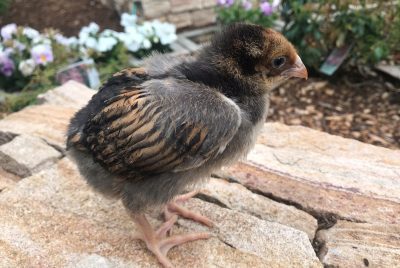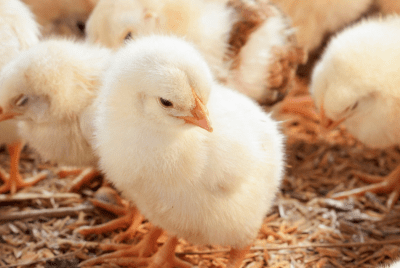Secrets to Raising Chicks Like a Pro!
Just imagine a world where raising chicks is as easy as pie! In this guide, I will share with you the imperative tips and tricks to help you raise happy, healthy chicks like a pro. From setting up the perfect brooder to feeding and caring for your chicks, I’ve got you covered. Get ready to investigate the wonderful world of raising chicks and unlock the secrets to success!
Key Takeaways:
- Provide a safe and warm environment: Chicks need a draft-free space with constant access to warmth to thrive.
- High-quality chick starter feed: It’s crucial to offer a balanced diet rich in all the necessary nutrients for healthy growth.
- Proper hygiene and cleanliness: Regularly clean the brooder area and ensure fresh bedding to prevent disease and maintain chick health.
- Monitor their behavior and growth: Pay attention to any signs of illness or distress, and observe their development to address any issues promptly.
- Gradual transition to the outdoors: Introduce chicks to the outdoors slowly to acclimate them to the environment and ensure a smooth transition.

Preparing for Chick Arrival
While the excitement of bringing home your fluffy new additions may be overwhelming, it’s important to ensure that you have everything ready before your chicks arrive. This includes setting up a cozy and safe brooder as well as stocking up on vital supplies to cater to their needs.
Setting Up the Brooder
Chick, setting up the brooder is the first step in providing a warm and secure environment for your new arrivals. Make sure the brooder is spacious enough to allow the chicks room to move around comfortably, with proper ventilation to ensure fresh air circulation. A heat lamp or heating plate is vital to maintain the ideal temperature for the chicks, typically around 95 degrees Fahrenheit for the first week, decreasing by 5 degrees each week until they are fully feathered.
Essential Supplies for Raising Chicks
For your new feathered friends, having the right supplies is crucial for their health and well-being. Stock up on nutritious chick starter feed, a waterer to provide clean and fresh water, bedding such as pine shavings or straw for comfort, and a feeder to ensure they have constant access to food. Additionally, a thermometer to monitor the temperature in the brooder and electrolytes to promote hydration and boost their immune system can be beneficial.
Chicks, ensuring you have all the necessary supplies ready before your chicks arrive will help you provide them with a smooth transition into their new home. Bear in mind, a well-prepared brooder and the right supplies are key to raising healthy and happy chicks!
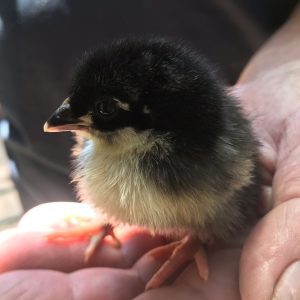
Chick Care 101
It can be both exciting and daunting to welcome a batch of fluffy chicks into your home. As a new chick parent, you may be wondering how to best care for these delicate creatures. Fear not! I’m here to guide you through the necessarys of chick care to ensure your little ones thrive.
Feeding Your Chicks
Your chicks’ diet plays a crucial role in their growth and development. **Providing** a high-quality chick starter feed that is specifically formulated for young chicks is necessary. This feed contains all the necessary nutrients, such as protein, vitamins, and minerals, to support their rapid growth. **Ensure** that the feed is always fresh and dry to prevent any contamination or mold growth.
Hydration Station: Providing Fresh Water
With chicks, access to **fresh water** is vital for their health and well-being. **Providing** a shallow water dish that is easily accessible to the chicks is important. **Make** sure to clean and refill the water container regularly to prevent any bacterial growth. **Remember**, chicks can be messy, so be prepared to change the water frequently to keep it clean.
Providing fresh and clean water is not only crucial for hydration but also helps in regulating the chicks’ body temperature and digestion. Always keep an eye on the water levels and refill as necessary to keep your chicks happy and healthy.
Keeping it Clean: Brooder Maintenance
Fresh bedding is necessary to **maintain** a clean and healthy environment for your chicks. **Regularly** remove any wet or soiled bedding and replace it with fresh, dry material. This will help prevent the buildup of bacteria and ammonia that can be harmful to your chicks’ respiratory health.
Clean bedding also reduces the risk of infections and keeps your chicks comfortable. **Remember** to clean the brooder thoroughly on a regular basis to provide a safe and hygienic living space for your growing chicks.
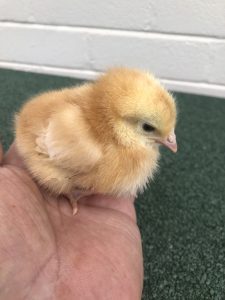
Chick Health and Hygiene
Monitoring for Signs of Illness
Many new chick owners may feel overwhelmed trying to keep their chicks healthy. To make sure your chicks are thriving, it’s important to monitor them daily for any signs of illness. Look out for symptoms such as lethargy, huddling, droopy wings, abnormal droppings, sneezing, or wheezing. Any of these signs could indicate a health issue that needs immediate attention.
Vaccinations and Medications
Many poultry diseases can be prevented through proper vaccinations and medications. To ensure the best start for your chicks, consult with a poultry veterinarian or your local agricultural extension office to determine the appropriate vaccination schedule for your flock. It is crucial to protect your chicks from common diseases like Marek’s disease, coccidiosis, and infectious bronchitis.
Another important aspect of chick health is providing them with the correct medications when needed. You should always follow the instructions provided by your vet or on the medication label. Remember to only use medications that are specifically approved for poultry use to avoid any harmful effects on your chicks.
Parasite Control: Mites, Lice, and More
More than just illness, parasites like mites and lice can also threaten the health and well-being of your chicks. It is important to regularly inspect your chicks for any signs of parasites. Keep an eye out for feather loss, irritated skin, or tiny insects crawling on their bodies. If you suspect a parasite infestation, immediately treat your chicks with appropriate poultry-safe products.
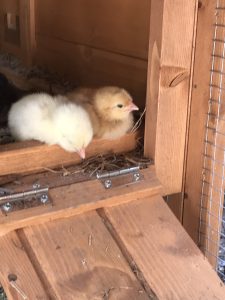
Chick Development and Growth
The First Few Weeks: Rapid Growth and Development
Your chicks will undergo rapid growth and development in the first few weeks of their lives. Any they will double in size within the first week and continue to grow quickly. During this time, it’s crucial to provide them with a warm and draft-free environment, a balanced diet, and access to clean water at all times. Any chicks that are healthy and well-cared for will feather out and start to resemble miniature chickens in just a few weeks.
Socialization Strategies for Happy Chicks
Strategies to ensure your chicks grow up to be happy and well-adjusted, socialization is key. A introducing them to gentle handling early on can help them become more friendly and easier to manage as they grow older. Additionally, providing opportunities for them to interact with other chicks can help prevent aggression and bullying within the flock.
In addition to physical socialization, auditory socialization is also important. Playing gentle music or talking to your chicks can help them get used to human voices and sounds, making them less skittish around people as they mature.
Beak Trimming and Wing Clipping: To Do or Not to Do?
To Beak trimming and wing clipping are controversial practices in the poultry industry. First beak trimming is sometimes done to prevent pecking and cannibalism in crowded conditions, but it can be painful for the chicks. Wing clipping is often done to prevent flight and escape, but it can also limit the chick’s natural behaviors and abilities.
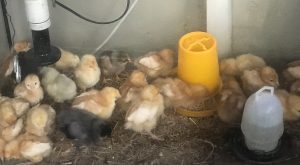
Creating a Safe and Happy Environment
Predator Protection: Keeping Your Chicks Safe
Protection is key when it comes to keeping your chicks safe from predators. From cunning foxes to sneaky raccoons, there are many animals out there looking for an easy meal. Make sure to secure your coop and run with sturdy materials like hardware cloth to prevent any unwelcome guests from getting to your precious chicks.
Fencing and Enclosure Options
On the topic of fencing and enclosure options, it’s important to consider both the size of your space and the type of predators in your area. A good rule of thumb is to bury your fencing at least a foot underground to deter digging predators like foxes and raccoons. Additionally, consider adding a roof or netting to prevent aerial attacks from hawks and other birds of prey.
It is also crucial to regularly inspect your fencing for any signs of wear and tear. Fix any holes or weak spots promptly to ensure that your chicks remain secure at all times.
Providing Enrichment Activities for Your Chicks
Chicks may be small, but they are curious creatures who need stimulation to thrive. Providing enrichment activities such as perches, dust baths, and even hanging treats can keep your chicks entertained and mentally engaged. Not only does this prevent boredom and pecking behaviors, but it also promotes healthy development.
Enrichment activities are a great way to bond with your chicks and observe their unique personalities. By offering a variety of activities, you can cater to different preferences and ensure that each chick has a chance to flourish in a stimulating environment.

Common Challenges and Solutions
For those of us raising chicks, we know that challenges can arise along the way. But fear not, for I am here to help you navigate through them like a pro! Let’s investigate into some common issues you may encounter and the solutions to overcome them.
Dealing with Bullies and Flock Dynamics
Dynamics: One of the common challenges you may face when raising chicks is dealing with bullies within the flock. Chickens can establish a pecking order, which might lead to bullying behavior. To address this issue, make sure your chicks have enough space, food, and water to minimize competition. You can also provide distractions like hanging treats to keep bullies occupied. If the bullying continues, consider separating the aggressor or introducing more hiding spots in the coop.
Managing Stress and Anxiety in Your Chicks
For managing stress and anxiety in your chicks, it’s vital to create a calm and comfortable environment for them. Ensure they have a clean living space, a balanced diet, and adequate warmth. Additionally, spending time with your chicks, gently handling them, and providing enriching activities can help reduce their stress levels. Bear in mind, happy chicks are healthy chicks!
Plus: Always keep an eye out for any signs of illness or distress in your chicks. If you notice any unusual behavior, changes in appetite, or droopiness, consult with a vet to address the issue promptly.
Coping with Loss: When a Chick Doesn’t Make It
Bullies: Sometimes, despite our best efforts, we may experience the loss of a chick. It can be heartbreaking, but it’s important to remember that these things can happen, even in the best of circumstances. Provide comfort to the rest of the flock by maintaining their routine and ensuring they have extra attention and care during this time.
Doesnt: If you notice any signs of illness in your chicks, isolate the affected chick immediately to prevent the spread of disease. Clean and disinfect their living area thoroughly to protect the rest of the flock. Bear in mind, it’s crucial to prioritize the health and well-being of your remaining chicks.

To wrap up
Following this guide on raising chicks, you are well on your way to becoming a pro in nurturing your feathered friends! With the right knowledge and care, you can provide a nurturing environment for your chicks to thrive and grow into healthy chickens. Note, patience, attentiveness, and love are key ingredients in the recipe for success when raising chicks.
If you’re looking for more detailed information and tips on raising baby chicks, I recommend checking out Feathered Beginnings: A Guide to Nurturing Baby Chicks. This resource will provide you with additional insights and guidance on how to care for your chicks like a pro. Keep nurturing, learning, and enjoying the journey of raising chicks!
Q: What does the eBook ‘Unlock the Secrets to Raising Chicks Like a Pro!’ cover?
A: The eBook covers everything you need to know about raising chicks, including breed selection, brooder setup, feeding, health care, and more.
Q: Is the eBook suitable for beginners in raising chicks?
A: Yes, the eBook is perfect for beginners as it provides a comprehensive guide with easy-to-follow instructions and tips.
Q: Are there specific tips for caring for different chick breeds in the eBook?
A: Yes, the eBook includes specific tips for caring for different chick breeds, ensuring you have the knowledge to raise various types of chicks successfully.
Q: Does the eBook cover troubleshooting common chick-raising problems?
A: Yes, the eBook provides troubleshooting tips for common issues that may arise when raising chicks, helping you address challenges effectively.
Q: Can the eBook help me transition my chicks to the coop?
A: Yes, the eBook offers guidance on transitioning chicks from the brooder to the coop, ensuring a smooth and successful integration process.

